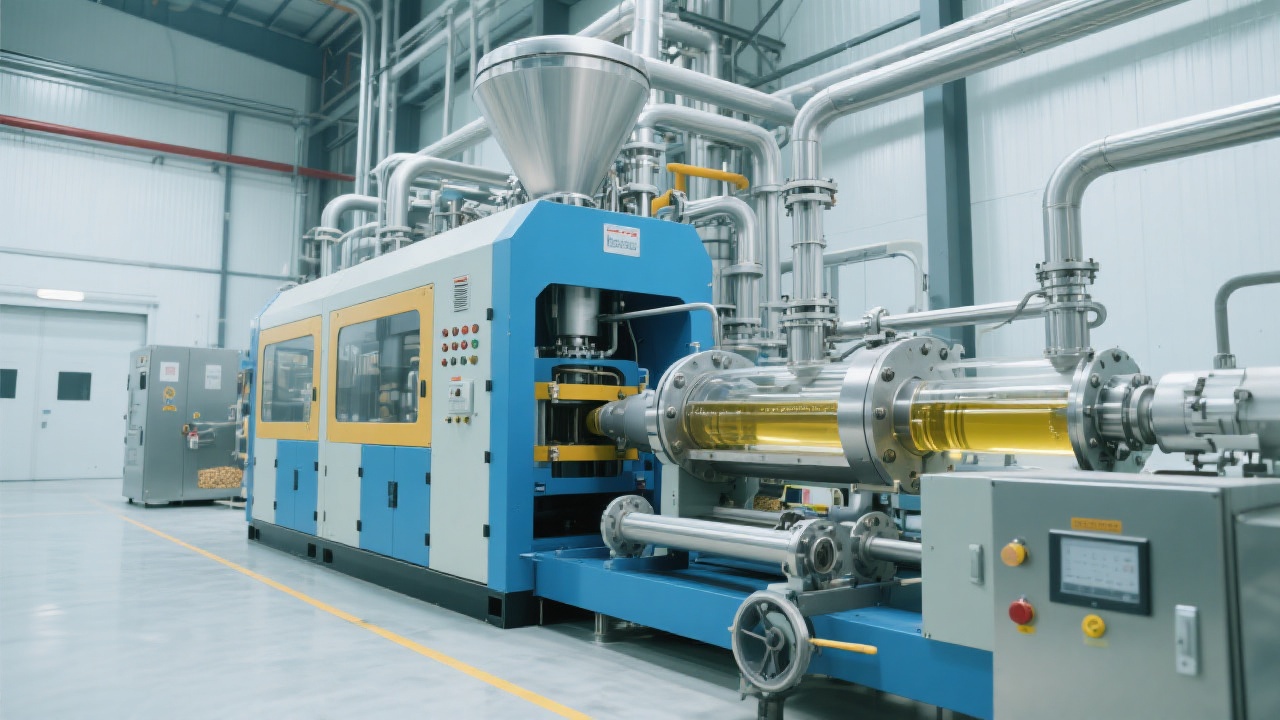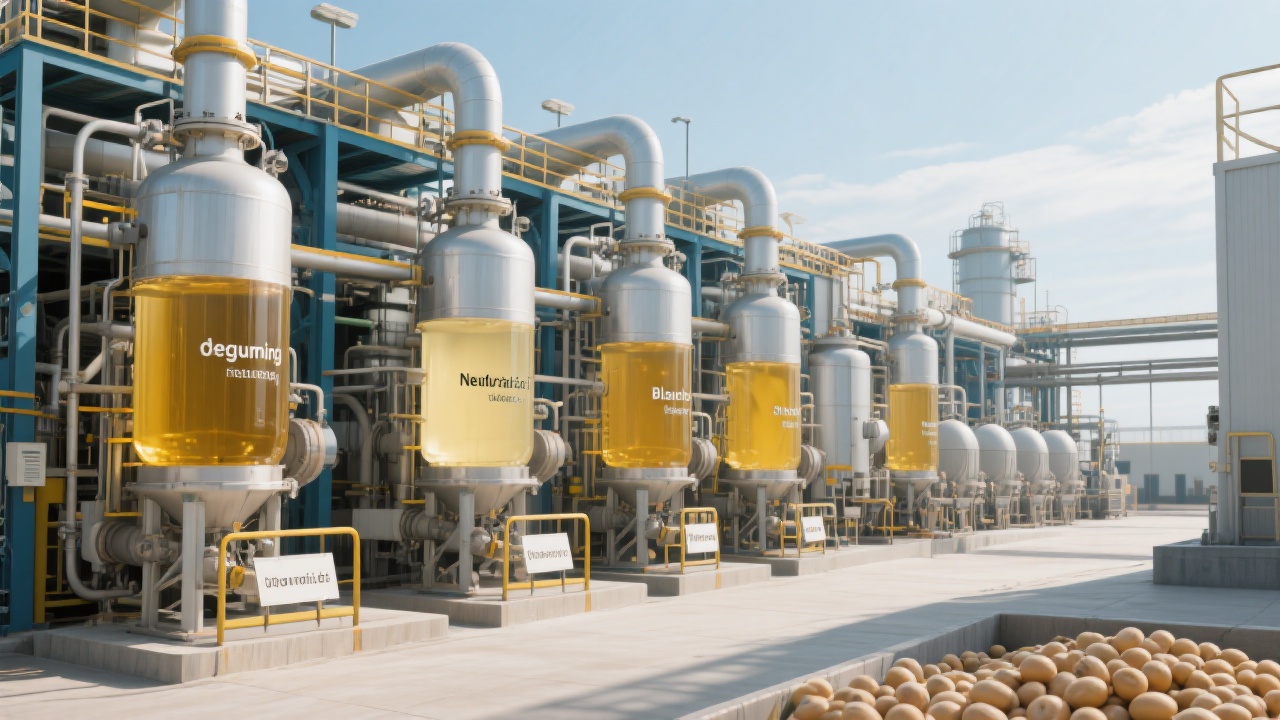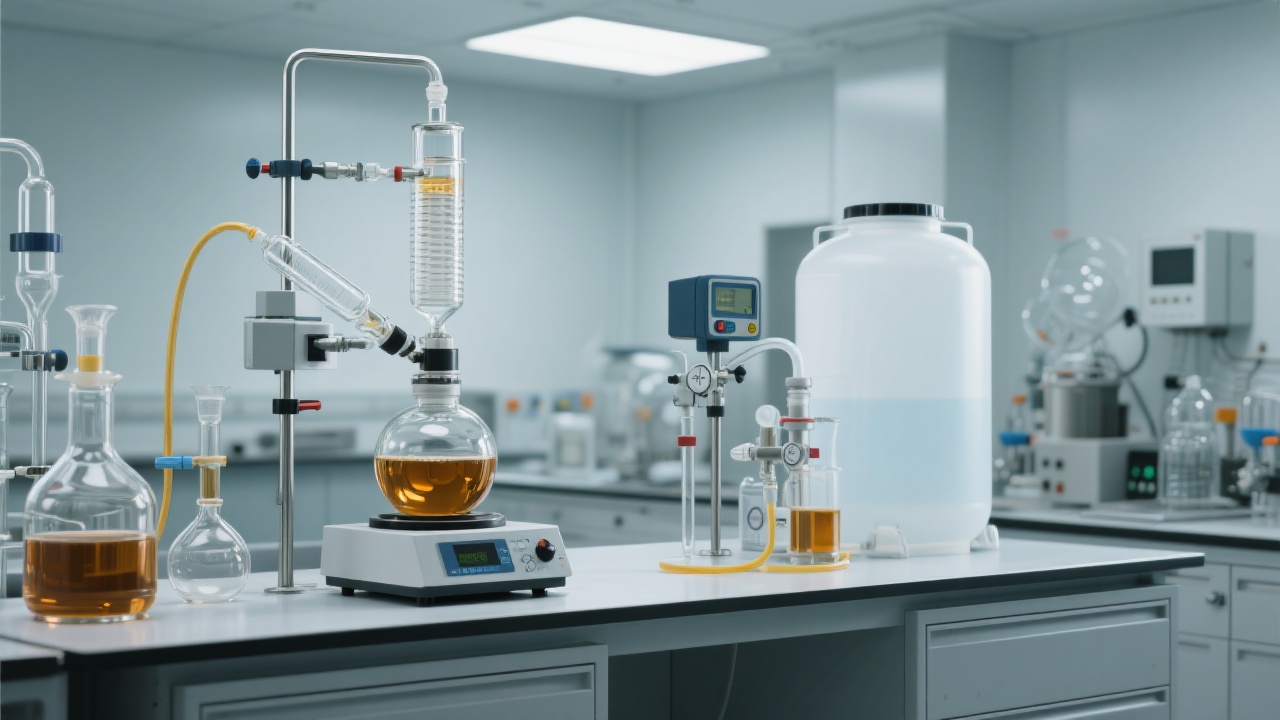
In today's competitive global edible oil market, selecting the most suitable soybean refining equipment is pivotal for optimizing production efficiency, enhancing product quality, and controlling costs. This article presents an analytical case study comparison of batch and continuous soybean refining machines across various enterprise scales, leveraging real operational data to inform procurement decisions for global buyers. By aligning with core decision-makers' priorities — including throughput, energy consumption, and product consistency — this study builds a reliable trust chain supported by concrete performance parameters.
Small-to-medium enterprises (SMEs) generally favor batch refining machines due to their lower capital investment and operational simplicity. Our case evaluation of three midsize processors averaging 5 to 15 tons daily input revealed batch systems achieve oil yields averaging 92.5% with an energy consumption of approximately 0.8 kWh/kg. Conversely, large-scale processors managing over 50 tons daily consistently deploy continuous refining machines, attaining yields above 95% and reducing energy usage to around 0.6 kWh/kg.

| Parameter | Batch Refining Machine | Continuous Refining Machine |
|---|---|---|
| Average Daily Capacity (Tons) | 5 - 20 | 30 - 100+ |
| Oil Yield (%) | 91.5% - 93.0% | 94.0% - 96.0% |
| Energy Consumption (kWh/kg) | 0.75 - 0.85 | 0.55 - 0.65 |
| Operation Complexity | Low - Medium | High |
| Water Consumption (Liters/Ton) | 100 - 150 | 70 - 100 |
The choice between batch and continuous refining machines directly influences operational expenses and refined oil stability. Continuous systems benefit from automated process control, reducing labor dependency by over 30% and maintaining uniform product acidity below 0.1%. Meanwhile, batch systems require more manual intervention but allow greater flexibility for niche or seasonal products. A case from a large soybean oil producer employing continuous equipment demonstrated a 12% reduction in refining cost per ton compared to their prior batch system, without compromising oil clarity or shelf life.
In a detailed case at GreenField Oils, a mid-sized company processing approximately 10 tons daily, upgrading from a batch to a hybrid continuous refining line led to a production output increase of 18%, energy savings of 15%, and a product rejection rate drop from 3.2% to 1.1%. The investment achieved a return on capital within 18 months. Comparatively, BlueSun Edibles, a large-scale producer, reported increased throughput by 25%, consistently stable oil peroxide value below industry standards, and lower maintenance downtime with continuous equipment.

Based on comprehensive data from global case studies, the following recommendations optimize cost-effectiveness and scalability:
Understanding equipment specifications, energy profiles, and operational implications empowers procurement professionals and plant managers to select solutions aligned with strategic goals. Integrating granular case studies into decision frameworks enables purchasing confidence and enhances sustainability outcomes in soybean oil refining.

Ready to elevate your soybean oil production with tailored refining equipment? Discover the best-fit solutions that drive efficiency and quality. Contact our experts today to schedule a personalized consultation!


